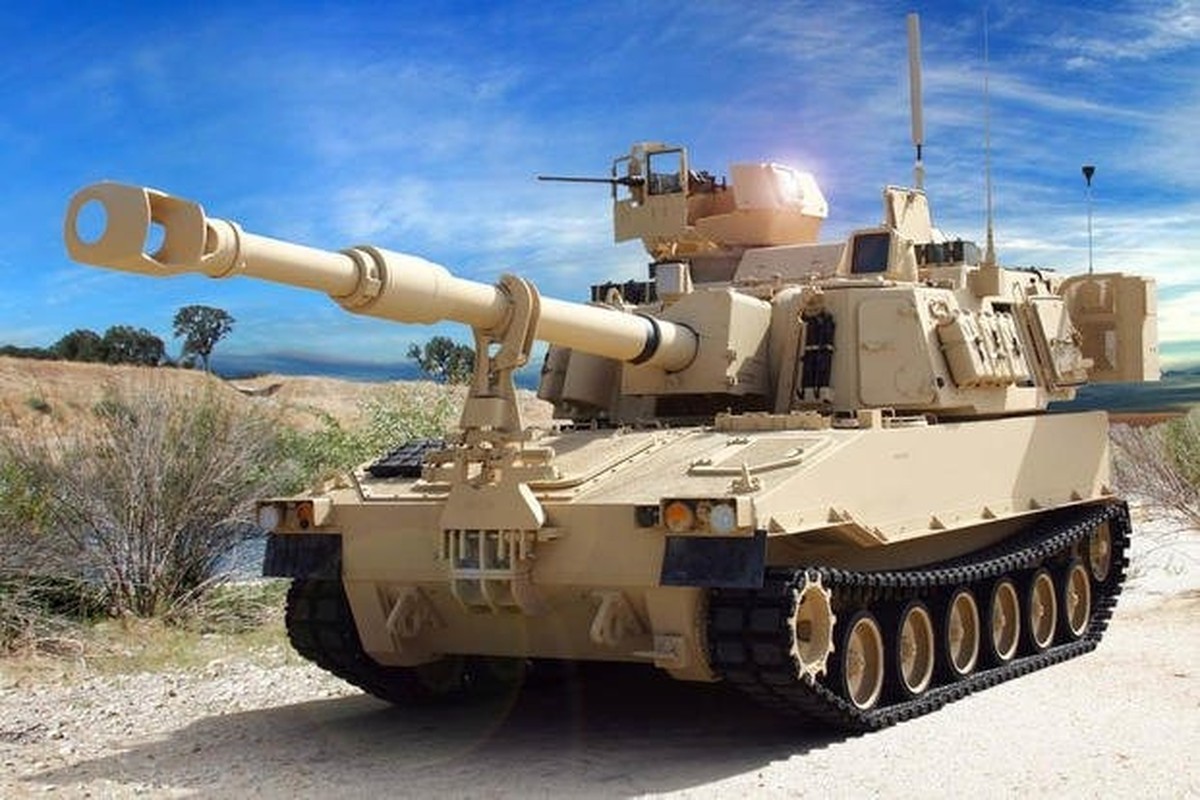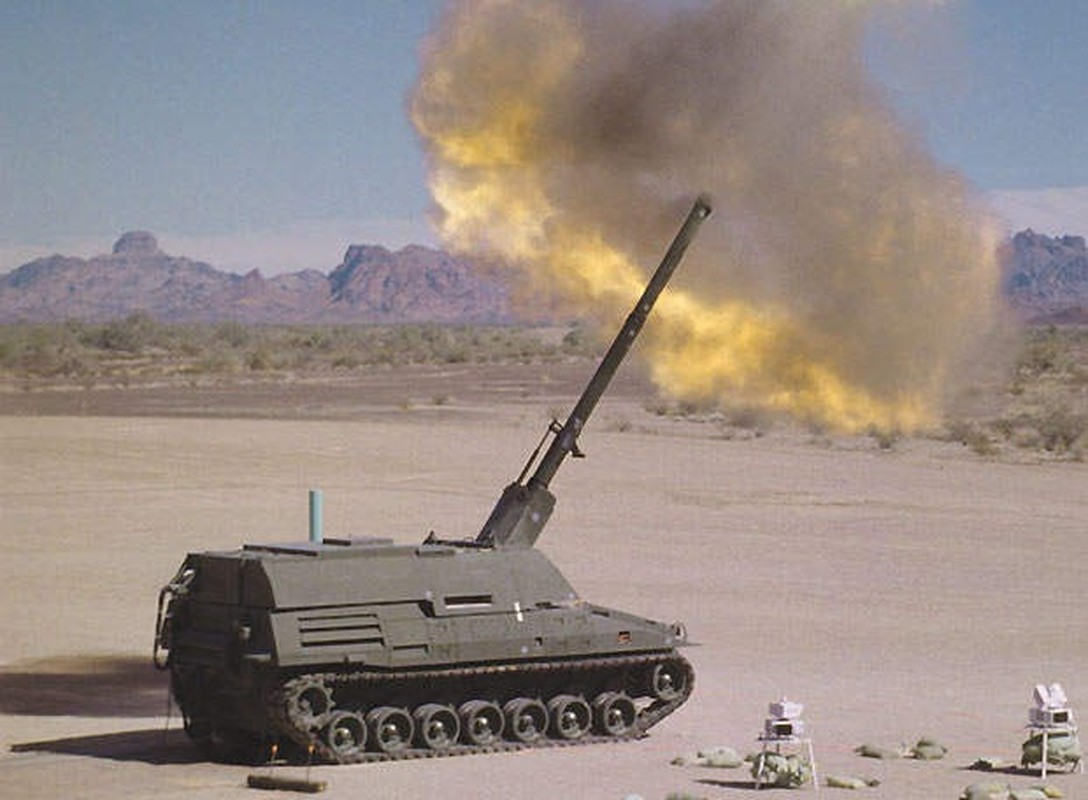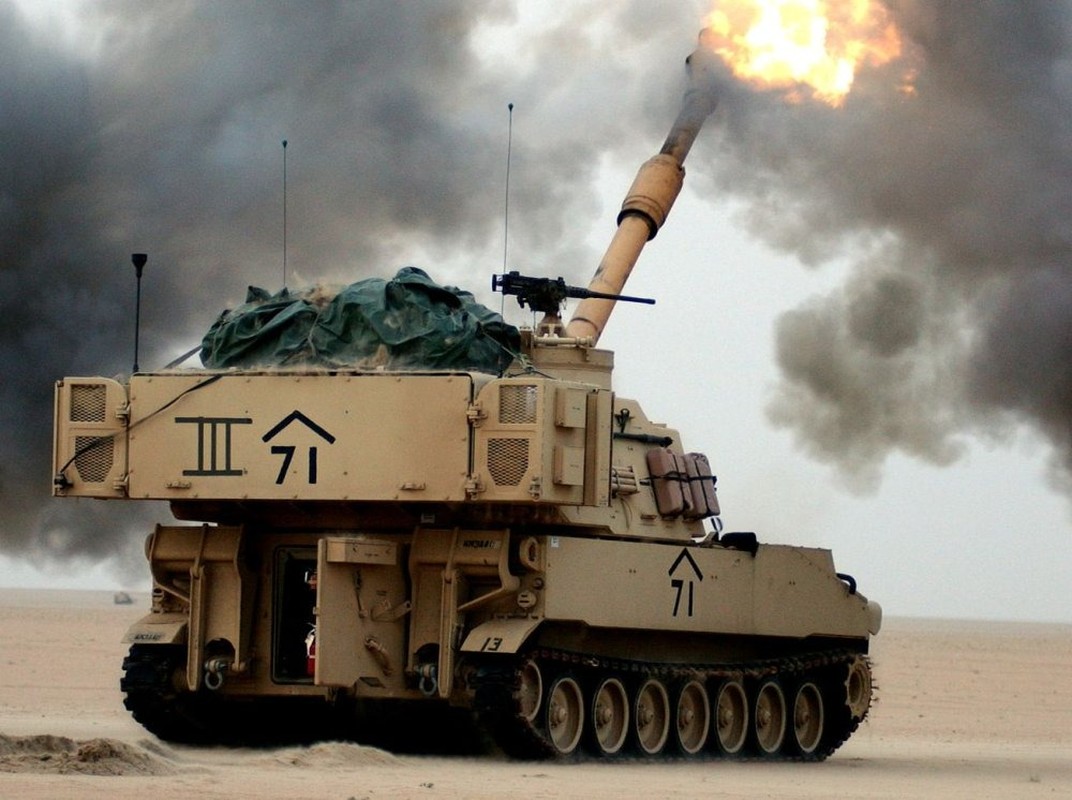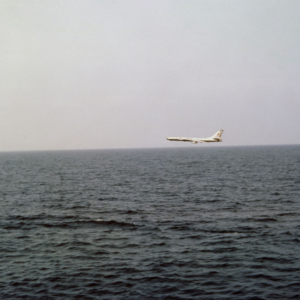The M109 Paladin is the main self-propelled howitzer of the US Army and some NATO countries, manufactured in the 1960s. Facing the trend of being surpassed by Russian self-propelled howitzers, the US has continued to upgrade this type of gun to a new high standard called the M109-A7.
The A7 version uses some technologies developed for the canceled XM2001 Crusader and XM1203 NLOS-C self-propelled howitzer programs. The new feature of this version is that the gun uses an automatic loading system, allowing the operating crew to be reduced to 4 people compared to 6 people on the old version.
The M109-A7 is equipped with an advanced fire control system taken from the XM1203 NLOS-C program, allowing for improved combat performance. The Paladin uses the M258 155mm main gun, the new gun has a maximum range of 24km with conventional ammunition and 30km with extended-range ammunition.

In particular, the M109-A7 can fire the XM982 Excalibur-S guided artillery shell with a range of 40km. Excalibur-S is a guided artillery shell jointly developed by Raytheon and BAE Systems.
The shell is guided by GPS with a target deviation radius (CEP) of only about 5m. Tests in the Afghanistan battlefield showed that about 92% of the fired artillery shells had a CEP index of about 4m. Theoretically, the M109-A7 firing Excalibur-S shells that explode in the air can be used for air defense missions.

In essence, a guided artillery shell like the Excalibur-S is similar to a guided missile, the difference being that the warhead is propelled by a propellant instead of a rocket engine.
In June 2013, Raytheon Corporation announced the Excalibur-S version with semi-active laser guidance, allowing to attack targets moving at high speed.
In September 2015, Raytheon introduced the Excalibur-N5 version with a millimeter-wave radar sensor. Thus, the S and N5 versions have the operating mechanism of an air defense missile.
If combined with a fire control radar system, the M109-A7 can operate as a high-precision air defense gun, a unique feature that no other self-propelled gun currently has.

The M109 is a medium artillery variant in the US program, aiming to use a common chassis for its self-propelled artillery units. The light version, the M108 howitzer, was eliminated during the Vietnam War, but many were rebuilt into the M109.
The M109 first fought in Vietnam. About 200 were deployed in 1966, but the entire fleet suffered from technical problems within a year of service. The US sent engineers and mechanics, but all M109s were withdrawn in 1967 after being unable to be repaired in the field. The guns were later upgraded and became the M109A1.
Israel used the M109 against Egypt in the 1973 Yom Kippur War and used it from 2003 to 2011. The M109 was also used by the US in the Iraq War and the Gulf War. The M109 also appeared in the Iran-Iraq War. Iran also used the M109 in the 2006 Lebanon War.

Regular upgrades to the main gun, ammunition, fire control system, survivability, and other electronic systems throughout the M109’s service life have expanded the gun’s munition capabilities. Most notably, the M109 can fire tactical nuclear munitions.

The M109 has also been deployed in the Ukraine. As of December 30, 2023, at least 46 of various variants have been destroyed, according to Oryx. Oryx’s list only includes destroyed or damaged equipment with photographic or video evidence, so the number of lost equipment may be higher than the number recorded by Oryx.
News
How Hezbollah & Israel counter-attack after the Lebanon Explosion
How Hezbollah & Israel counter-attack after the Lebanon Explosion This is how Hezbollah responded to Israel after the sophisticated pager and walkie-talkie explosions, which occurred across Lebanon. They retaliated by launching guided missiles for the first time. The three strikes…
[MUST WATCH] In pictures: The deadliest day in Lebanon in nearly a year of conflict
In pictures: Israel strikes hundreds of Hezbollah targets in Lebanon Israel attacked hundreds of Hezbollah targets on Monday in airstrikes, making it the deadliest day in Lebanon in nearly a year of conflict. Smoke billows over southern Lebanon following Israeli…
BREAKING NEWS: US sends more troops to Middle East as violence rises between Israel and Hezbollah
US sends more troops to Middle East as violence rises between Israel and Hezbollah Violence between Israel and Hezbollah is raising risk of a greater regional war. WASHINGTON — The U.S. is sending a small number of additional troops to the…
Easy Company Facts Even Hardcore Fans of ‘Band of Brothers’ Don’t Know
Photo Credit: HBO / Getty Images HBO’s 2001 miniseries, Band of Brothers, has continued to gain popularity in the decades since its release. This is partly due to later generations having greater access to the series – in particular, via…
Mighty MO – USS Missouri (BB-63) Video and Photos
There are three other ships in the United States Navy which were named after the state of Missouri besides the battleship USS Missouri (BB 63), and although she became associated with the history of the Japanese raid at Pearl Harbor, she…
A Soviet TU-16 medium jet bomber flies past the anti-submarine warfare support aircraft carrier USS Essex
That Time A Soviet Tu-16 Badger Crashed Into The Sea After Buzzing A U.S. Aircraft Carrier A screenshot from the video filmed aboard USS Essex shows the Tu-16 Badger flying very low close to the aircraft carrier. Low pass with…
End of content
No more pages to load











